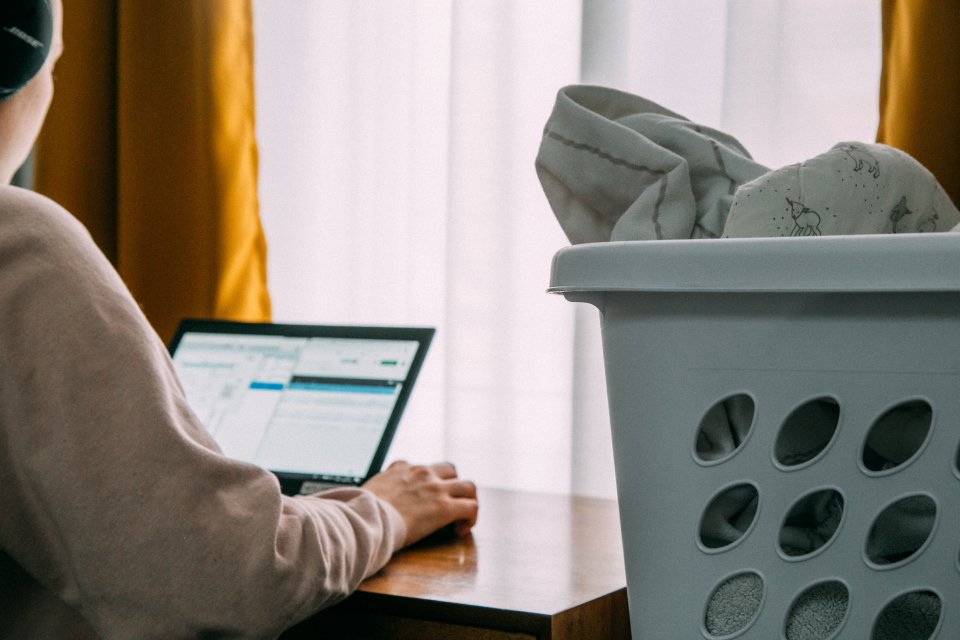News & Stories
The media, and most recently the BBC, have reported that the recent reduction in outdoor air pollution has been coupled with a dramatic rise in indoor air pollution during lockdown. This is particularly concerning because many people are spending more time at home than normal because of the pandemic.
Analyses of air quality data collected in homes around the world indicated that levels of certain pollutants had increased. Carbon dioxide and airborne particles called volatile organic compounds (VOCs) were reported to have increased by up to 30% in homes across several European countries. Furthermore, a second study found that found levels of VOCs and nitrogen dioxide (NO2) had risen during lockdown in homes where the monitoring took place.
Using our recommended five tips, Global Action Plan reviewed the study:
| Questions to ask to get to the truth | Our response |
| 1. Does the article refer to a report to back up its claims? |
The article refers to data collected and analysed independently during lockdown from around the world by two organisations that produce air quality monitors and air purifiers. |
| 2. Who is behind the study it refers to? |
Two companies: Airthings, a Norway-based manufacturer of smart air-quality monitors used data from Europe and the USA. Dyson, who produce air purifiers including those for houses, analyzed data from four different continents. |
| 3. How fantastical and radical is the claim that is being made? |
Although the information is evidence-based and the result of two separate projects, the data were collected and analysed by commercial companies who could benefit financially from increased concern about air pollution at home. Because the findings have not been published in a peer-reviewed scientific journal, their reliability is reduced. However, there is other evidence that indoor air pollution has risen during the pandemic, including an estimate by King’s College London that particulate pollution in UK homes may be up to 20% higher because people are cooking more to replace meals eaten out.
Further research and more widely spread data, together with peer reviewed methodology and analysis techniques would be needed to establish more reliable evidence-based results. If the increase in pollutants is confirmed, there is plenty of existing evidence that high levels of indoor pollutants such as VOCs, particulate matter and NO2 have a negative impact on our health, especially that of children.
|
| 4. What geographical region does the claim refer to? |
The analyzed data were collected in Scandinavia, the United States and from up to four other (unknown) continents. |
| 5. What is the sample size of the study? |
The first study’s monitors collected data from more than 1,000 homes in Europe and an unspecified number of houses in ten US States. The air purifier data was from 11 cities on four continents which are not named.
|
Want to talk to us about any of our projects? Please get in touch with us here.







